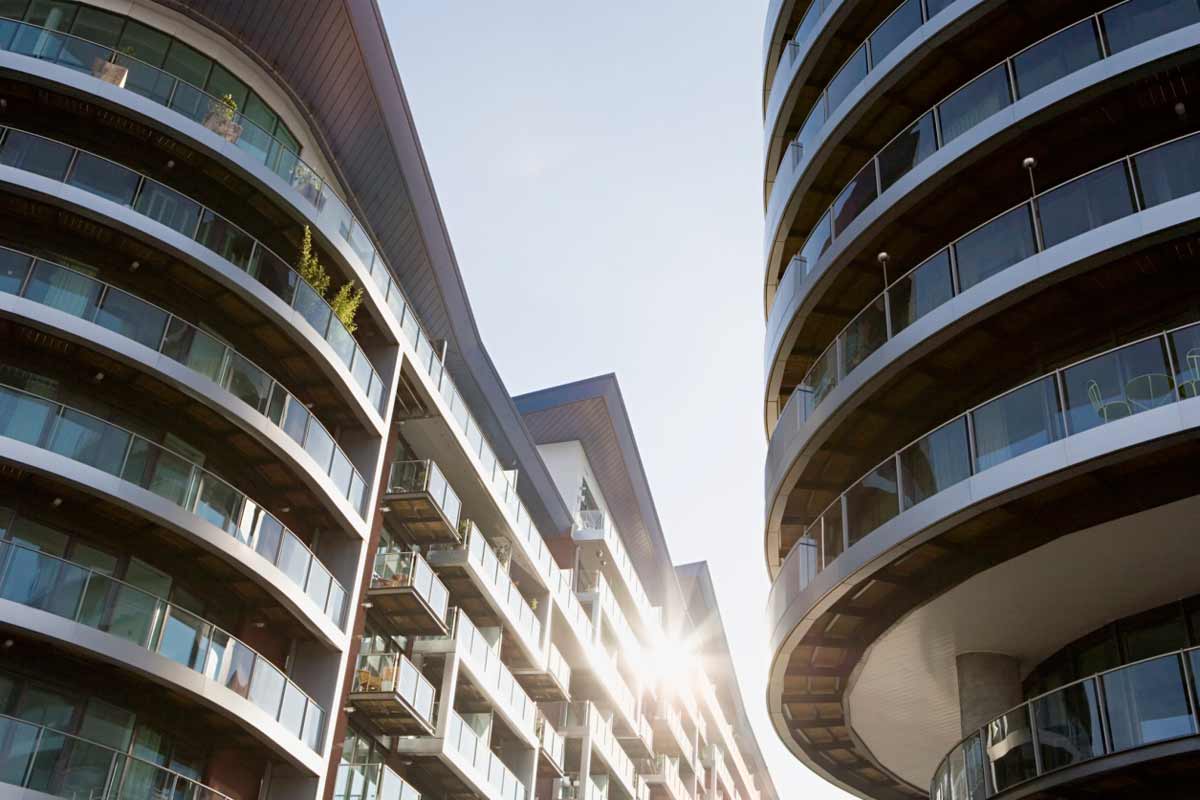As the buy-to-let rollercoaster gathers pace, investors benefit from pension changes, rental growth and better mortgage deals.
Although the end of January is when most of us abandon our New Year’s resolutions, there’s one group of people unlikely to do so: Britain’s growing army of private landlords.
With more than one million of them in the UK already, their numbers soared in 2014. Not only that, but nearly a quarter of private landlords – 23 per cent – intend to add another property to their portfolio this year. And 14 per cent plan to add two or more, according to a survey by Platinum Property Partners, a specialist buy-to-let business.
What is a buy-to-let mortgage?
Buy-to-let (BTL) mortgages are special loans for landlords who invest in property specifically to rent out. It is normal for them to be more expensive than a regular mortgage and they sometimes require larger deposits.
How do buy-to-let mortgages work?
- BTL mortgages operate, to a large degree, like ordinary home loans but there are some critical differences.
- BTL mortgage interest rates are usually higher.
- Deposits for BTL mortgages are usually 25 per cent but can be as much as 40 per cent.
- The mortgage arrangement fees are usually higher.
- The majority of BTL mortgages are interest-only.
- They are usually unregulated loans i.e. not regulated by the Financial Conduct Authority.
How to get a buy-to-let mortgage?
- The majority of the high street banks and other, more specialist lenders offer these mortgages.
How many buy-to-let mortgages can I have?
- You can have as many BTL mortgages as you want, as long as you can afford them.
What next for buy-to-let mortgages?
The most bullish landlords are the ones owning Houses in Multiple Occupation (HMOs) for young professionals and key workers, with 52 per cent saying they plan to re-invest in property this year. There is a growing consensus that this type of property represents a better investment than HMOs let to semi-housetrained students.
Not everything is rosy in the buy-to-let garden, though. If and when interest rates rise, rental yields will inevitably fall. Capital growth is slowing and may stall.
The think tank Civitas has recommended that rents should not generally be allowed to rise above the rate of inflation – an idea that is steadily gaining political support.
April 2015 was another key date in the buy-to-let calendar for 2015. That is when legislation on pension funds came into force, allowing savers over 55 to release capital from their pension pots and re-invest it elsewhere.
‘A lot of them will have a serious look at the buy-to-let market when they are reviewing their investment portfolio,’ says William Wells of Mullucks Wells, Bishop’s Stortford. ‘For one thing, they will be familiar with the property market in general through their experience of owning property. For another, the tax regime on second and third properties is pretty generous. And capital appreciation rates are good at the moment.’
As for where buy-to-let investors should be looking to purchase property, most experts see better pickings outside London than in the capital itself. Current rental yields in prime central London are just below 3 per cent. This is according to the latest figures from Knight Frank, and just over 3.5 per cent in prime outer London.
There are still some buy-to-let hotspots, mainly in outer London. In Merton, Hounslow and Kingston-upon-Thames, the property developer CBRE is predicting rental growth to increase by 33 per cent in the next five years. But the attention of many wannabe landlords is starting to shift elsewhere.
‘London may have had its run,’ says Christopher Down, chief executive of the Hearthstone Residential Property investment fund. The fund is ploughing more investment into the north of England and Scotland, where Down says yields of 8 per cent are available. He is particularly attracted to Aberdeen and Glasgow, where there is a growing demand for rented family homes.
The best-performing English city in 2014, according to research by HSBC, was Southampton, with rental yields of 8.73 per cent. Manchester came second with 7.98 per cent, Nottingham third with 7.67 per cent and Blackpool fourth with 7.63 per cent.
‘Landlords outside of London are reaping the benefits as young professionals say goodbye to capital living, in favour of more affordable commuter towns,’ explains Peter Dockar, head of mortgages at HSBC.
Another potential hot spot is Cambridge, which ranks high for capital growth and rental yields. ‘The demand for buy-to-let properties seems to be insatiable at the moment,’ says Andrew Bradshaw of Bradshaws. ‘As well as major new employers such as Astra Zeneca, there is a new station about to open north of the city centre, with fast connections to London.’
With so many economic and political uncertainties in the mix, landlords cannot just sit back and wait for the cash to roll in. But if they focus on the right areas, they can feel quietly confident that 2015 will be a good year.
For more information on BTL mortgages see our blog guide Who Can Get a Buy-to-let Mortgage?






